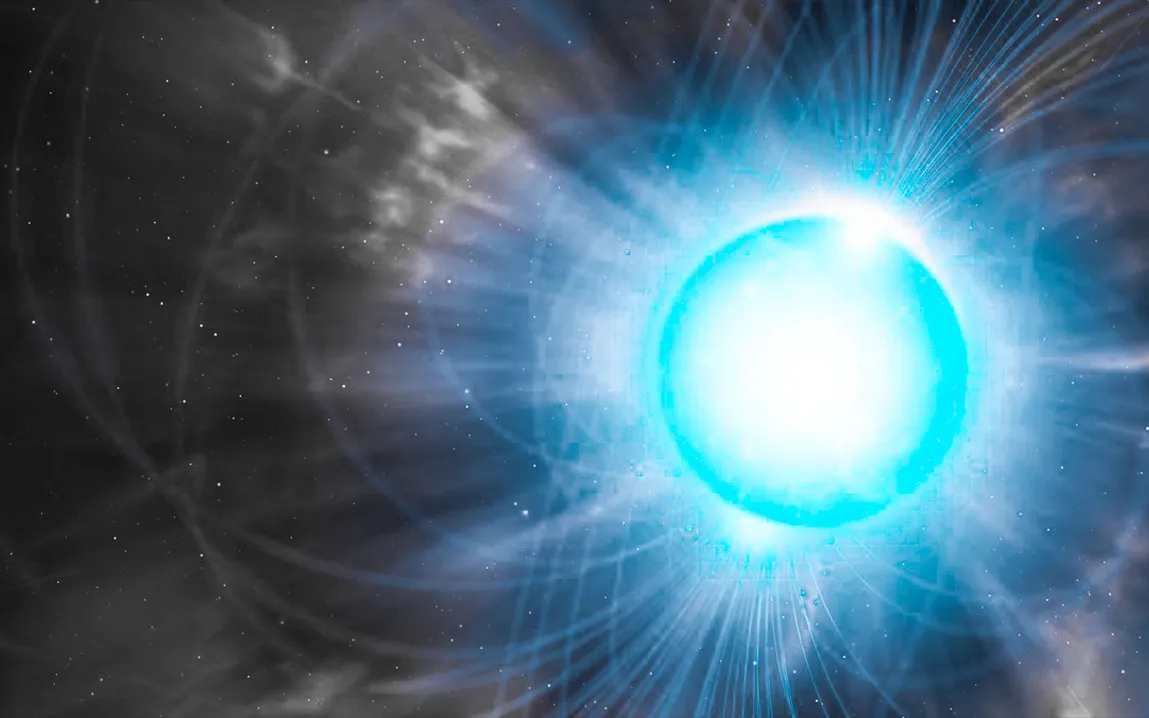Astrophysicists have just made some remarkable observations of the “dance” of electrons in the radioactive glow emitted following the collision of neutron stars. This glow—a by-product of an intense cosmic event called a kilonova—is, for the first time, helping scientists directly measure microscopic particle temperatures. These observations of the dance of electrons accelerated by turbulent and powerful magnetic fields were made after two neutron stars merged, briefly formed a hypermassive neutron star, and finally collapsed into a black hole; thus, they have provided unprecedented insights into these massive explosions.
Discovery of Turbulence and Magnetic Reconnection
The research from Columbia University has shown that violent turbulence and magnetic reconnection-the tearing and reconnecting of magnetic fields-play major roles in producing the observed glow around neutron stars. Using a huge number of computer simulations, the scientists calculated the chaotic trajectories of particles as they move at nearly the speed of light. These particles, accelerated by unstable magnetic fields, produce the high-energy radiation observable from Earth, with the same qualities as some of the most powerful cosmic sources, such as the Crab Nebula. A process like this has been considered responsible for driving the generation of high-energy photons, illuminating these remnants from explosive events and showing the strong forces at work with neutron stars and black holes.
Neutron Star Collisions as New Cosmic Rulers
An unexpectedly spherical shape for kilonovae, or neutron star explosions, upsets long-ago theories about such explosions. Historically, astrophysicists had assumed such explosions would be irregularly shaped because the elements produced within would have been distributed asymmetrically. Recently, however, observation of the first-ever recorded kilonova, AT2017gfo, was indicated to be remarkably close to a perfect sphere explosion. This discovery has led scientists to speculate about unobserved physical processes that could explain this symmetry, such as a sudden release of magnetic energy—a “magnetic bomb”—as the neutron star collapses into a black hole. Besides being a surprise, this feature may also present an unexplored way of measuring the rate of expansion of the universe—an alternative to other methods in existence today for measuring cosmic distances.
Implications for Multi-Messenger Astrophysics
It means the capture of gravitational waves together with electromagnetic signals from neutron star mergers is a serious milestone for multi-messenger astrophysics. First, gravitational wave observatories LIGO and Virgo detected the neutron star merger and located it in the universe for astronomers to later observe the subsequent glow. This combination of observational tools offers a wider understanding of the phenomena that cosmic dynamics enact, and particularly, it emphasizes how gravitational waves are powerful as a complement to the traditional observational approach in unveiling the dynamics of the most extreme astrophysical environment.
Neutrinos and the Distribution of Elements
The unexpected elemental distribution in the explosion, being dominated by lighter elements such as strontium and krypton, raises other questions about neutrino contributions. According to researchers, neutrinos are elementary particles that barely reach the detector, and therefore, they may play an essential role in the distribution of elements in neutron star collisions. They say such particles can affect the composition of the debris cloud. This could, in turn, explain why lighter elements remain predominant rather than heavier ones like gold and uranium. The role of neutrinos further underlines the intricacy of neutron star mergers and the varied physical processes coming into play in these ultimate environments.
Future Prospects and Research Directions
In the next few years, astrophysicists hope to observe more neutron star mergers and kilonovae that will give even further data to refine existing models. In that way, scientists would be able to push forward the understanding of the underlying physics and confirm sphericity observation, among other things, testing this “cosmic ruler” method proposed to measure the expansion rate of the universe. Astrophysicists thus remain optimistic that these detections will provide new insights into the synthesis of heavy elements, the interactions of fundamental particles, and the extreme conditions present inside and around neutron stars. It is through such ongoing research on collisions of neutron stars and their aftereffects that cosmic phenomena show their deep intricacies—this is one really dynamic and sometimes bewildering universe.



